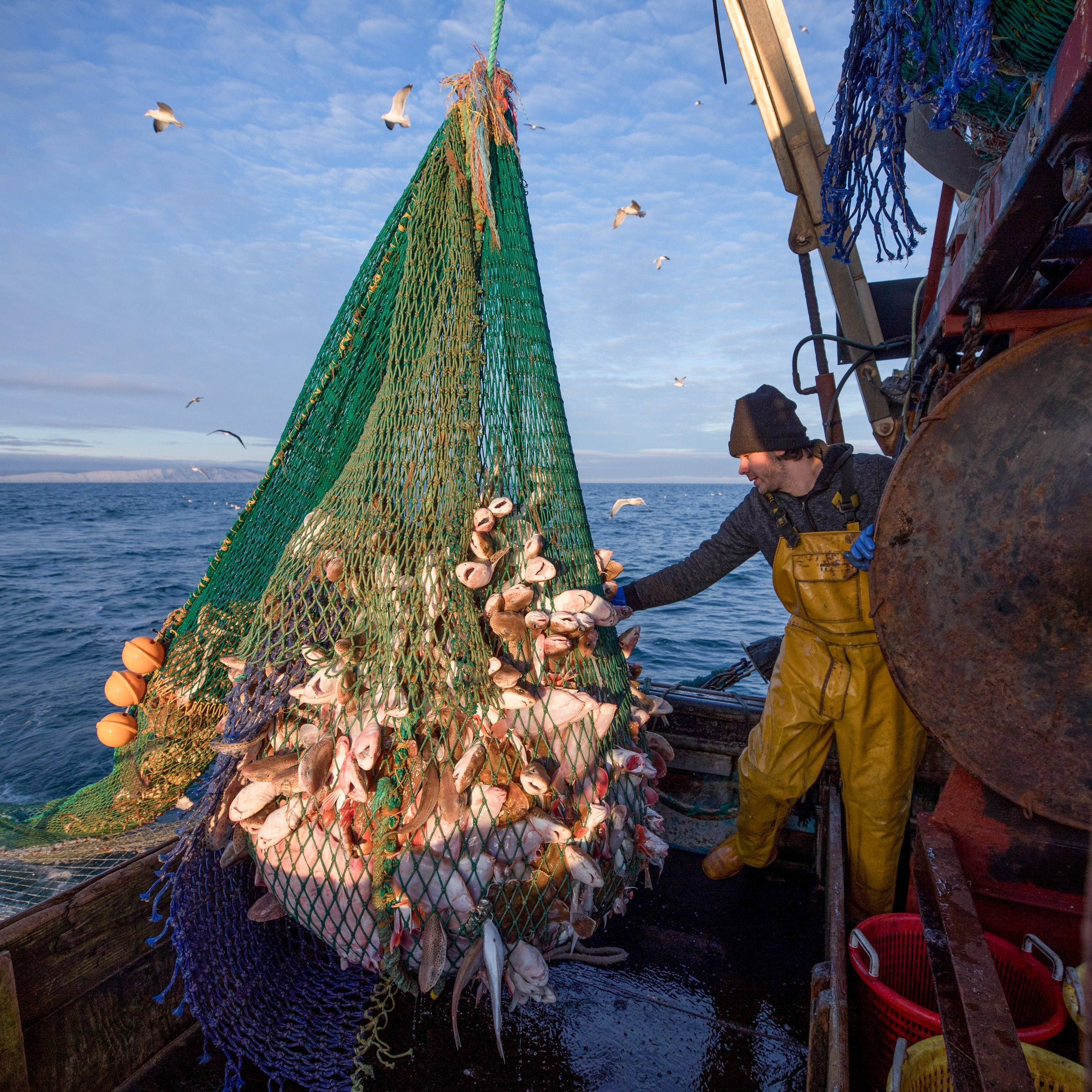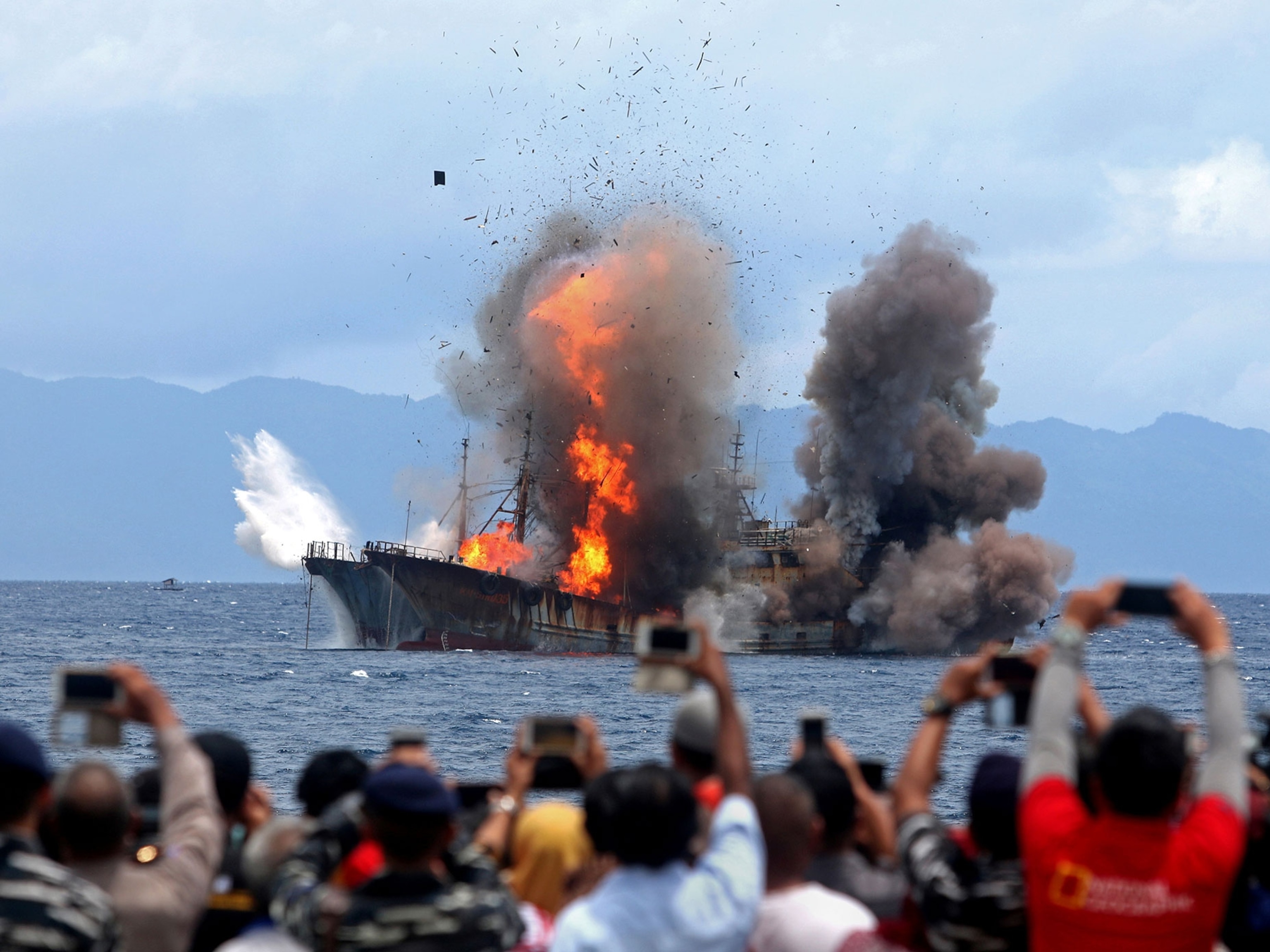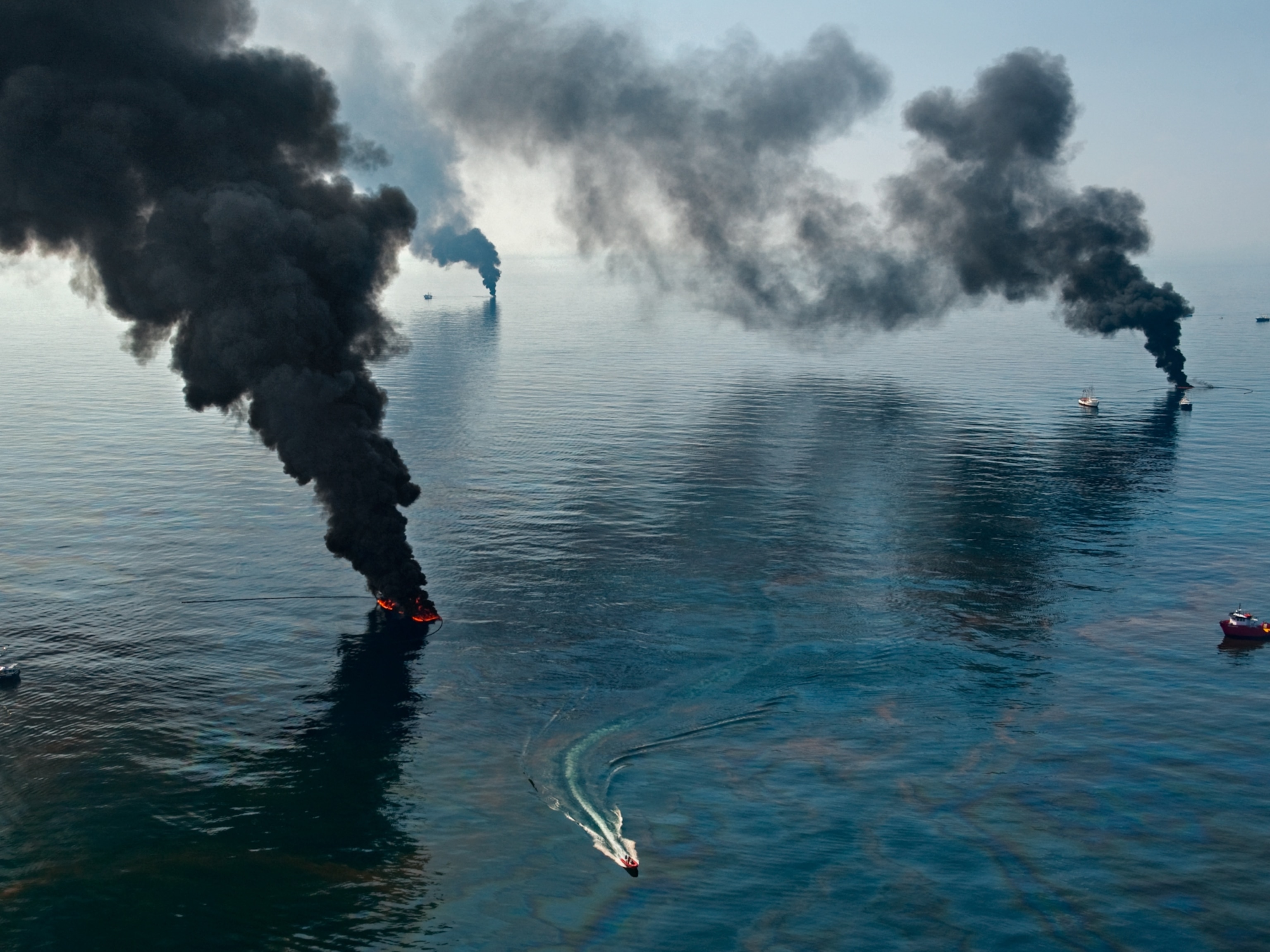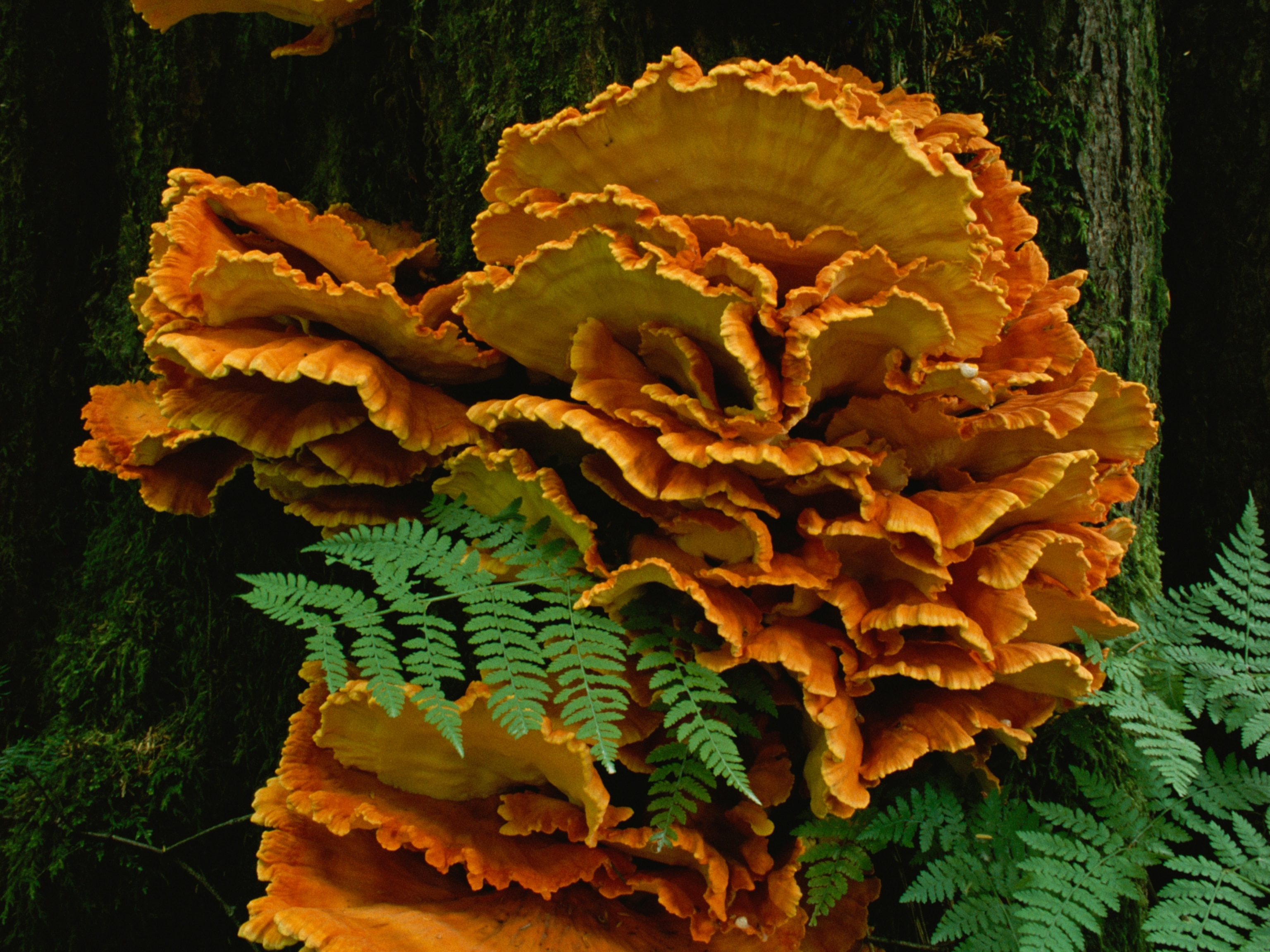
Can Portuguese sardines make a comeback?
Warming waters and overfishing have decimated Portugal’s sardine fishery, but tough measures may be bringing the critical fish back from the brink.
Once upon a time, on the outskirts of Lisbon, villagers threw their doors open to the street whenever they heard the clopping of donkeys laden with baskets of sardines. Every household claimed its share of Portugal’s ocean bounty. But one day in early 1773, the Marquis of Pombal, a statesman who ruled the country much as the prime minister does today, learned that yet another load of sardines had been smuggled across the border into Spain. No more, he declared.
The Marquis promptly founded the General Company of the Royal Fisheries of the Kingdom of Algarve, and a new relationship among the Portuguese coastal communities was forged: The central government in Lisbon would thereafter manage the sardine industry.
If abundance means royalty, the sardine was the queen of the Portuguese coast three centuries ago. An upwelling of cold, highly saline water above the continental shelf here provides abundant nutrients for the phytoplankton and zooplankton that feed a variety of pelagic fish. Schools of sardines in these waters could reach the size of a soccer field and exceed 10 tons.


Today, however, the Portuguese sardine industry has declined significantly, under pressure from waters warmed by climate change, as well as overfishing. Scientific data gathered since the 1900s show that Portugal is a long way away from reaching sustainable populations of the Ibero-Atlantic sardine stock it now shares with Spain. In recent decades, concern for the health of its fish resources led Portugal to join the International Council for the Exploration of the Sea (ICES), an intergovernmental marine science organization that promotes the sustainable use of the oceans.
The Pacific sardine population, which extends from Mexico to the Canadian border with the United States, faces similar challenges. Those fish provide not only fresh and canned food for humans, but also feed marine species such as whales, sea lions, sea birds, and even Chinook salmon.
In 2020, a monitoring campaign by the Portuguese Institute of Sea and Atmosphere (IPMA) and the Spanish Oceanography Institute announced some good news: a sardine biomass increase of around 110,000 tons—the most exciting rise in the past 15 years.
A cause for hope, yes, but not a reason to relax, says Gonçalo Carvalho, director of Sciaena, a nongovernmental organization that encourages sustainable fisheries. To Carvalho, a marine biologist who specializes in policy, the past has shown the dramatic consequences of poorly administered conservation measures. According to ICES data, provided mainly by IPMA but also by Spanish research institutions, the loss of sardines in just 31 years has been colossal. In 1984, sardine biomass measured around 1.3 million tons; in 2015, it was just one-tenth of that.

‘The sea is full of sardines’
To observe a traditional sardine catch off Portugal’s coast, fisherman Fábio Mateus invites me aboard his trawler Flor de Burgau. Mateus worries about the legislative pressures that weigh heavily on the Portuguese fishing industry. In 2019, the Portuguese government took drastic and unprecedented measures, limiting the annual catch quota to around 10,000 tons of sardines, down from 14,600 in 2018. The decision was strongly contested by the fishing communities and the canning industry. But at the end of 2019, the stock showed early signs of recovery.
Still, “with the low price of sardines nowadays,” Mateus says, “I’m not sure how long we’ll be able to hold on if the government doesn’t increase the quota.”
About five miles off the Cape of São Vicente, the balmy night air does nothing to blur Mateus’s laser-focused gaze, even though it’s nearly dawn. Our journey, he hopes, will document a recovery of the Portuguese sardine population after a decade of legal restrictions on fishing. Mateus and most of his fisher colleagues believe they’ve reached a turning point. “It is true that we went through times of crisis, but now the sea is full of sardines,” Mateus promises as he maneuvers the trawler through the darkness. The absence of fish, however, belies his optimism.
Indeed, a few minutes before the sun rises above the horizon, the mission that began at 2 a.m. seems destined to fail. Then, suddenly, a red spot blinks on the boat’s sonar display. The blast of a horn catapults the trawler’s crew of six from bunks under the deck. They dash to grab their gear.



The nearby flurry of seagulls and bottlenose dolphins is my cue to dive overboard with my camera. I watch beneath the surface as the men encircle a school of sardines with a purse seine net. Mateus guides the trawler in a thousand-foot circle, leaving a line on the surface marked with yellow buoys. Beneath the line, netting drops to a depth of 300 feet. A support boat called a chata stands by.
When the circle closes, the men throw cables from one vessel to the other and draw in a line sewn to the bottom of the net. This creates an underwater pouch, or purse, that prevents the fish from escaping.
Engines roar, and great, black-backed gulls dive through the water column like torpedoes. My ears ring and my heart pounds. Sardines dart in all directions in the deadly embrace of the net. In less than an hour, the capture is complete.
On the trip back to the Sagres fish market, with some 6,500 pounds of sardines aboard, the fishers celebrate. “So, was I right or was I wrong?” Mateus teases.
Outside of traditional fishing, pioneering aquaculture projects—cultivating fish in controlled aquatic environments—may aid in the species’ recovery. Blind tests have shown that consumers, while stating a preference for natural sardines, cannot tell the difference in flavor between natural and farmed fish. And according to some experts, more abundant species such as mackerel could also contribute to a solution. Although mackerel isn’t always a pleasing substitute for the flavor of fresh, wild sardines, mackerel may prove valuable in the canning industry, where added spices and new processing techniques can make the taste difference almost imperceptible.


Waiting for proof of recovery
On another day I join Ricardo Serrão Santos, Minister of Maritime Affairs, on an expedition aboard Poema do Ma. “Nowadays, fishers are well informed and sensitive to the issues affecting healthy and productive sardine seasons,” he says. “But we must involve the whole sector to ensure fishing has a stable future.” Our conversation is punctuated by the silvery flash of tons of freshly caught sardines, bouncing and flopping in their thermal transport boxes as we head for shore.
According to the politician, who spent more than two decades as an oceanography researcher at the University of the Azores, the industry is still waiting for indicators from the scientific community that sardine populations are continuing to recover. “As soon as it is proven that the stock is at least at a level of medium productivity, we can loosen restrictive measures,” he says.








